Search Results for Tag: multimedia
Tools and Apps for Journalists: TimelineJS
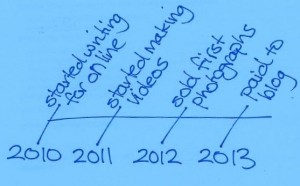 Timelines arrange events in chronological order. From learning about dinosaurs or the order of kings and queens at school, at some stage you would have stumbled over a timeline. The point of a timeline is to make it easier to understand when things happened.
Timelines arrange events in chronological order. From learning about dinosaurs or the order of kings and queens at school, at some stage you would have stumbled over a timeline. The point of a timeline is to make it easier to understand when things happened.
There are plenty of Internet tools to help you create a timeline, but one tool that is popular with media organizations is TimelineJS.
What is TimelineJS?
 TimelineJS (Java Script) lets you easily link to different multimedia sources. So as well as text, you can include videos from YouTube and Vimeo, audio from SoundCloud, photos from Flickr, Tweets, Googlemaps and Wikipedia entries and more. Scribd is also useful for including text documents.
TimelineJS (Java Script) lets you easily link to different multimedia sources. So as well as text, you can include videos from YouTube and Vimeo, audio from SoundCloud, photos from Flickr, Tweets, Googlemaps and Wikipedia entries and more. Scribd is also useful for including text documents.
Other media are regularly added so check with the TimelineJS website to see what else they support.
As a result, TimelineJS makes it easy to visually show events and the interactivity means users can explore further if they want to.
![]() read more
read more
Tools and Apps for Journalists: StoryMaker
What is StoryMaker?
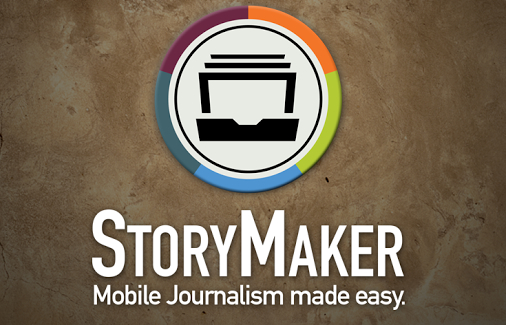 Do you have an Android smartphone? Then you’re set to produce multimedia stories. StoryMaker is an open source Android app designed to help you learn how to gather, produce and publish multimedia stories.
Do you have an Android smartphone? Then you’re set to produce multimedia stories. StoryMaker is an open source Android app designed to help you learn how to gather, produce and publish multimedia stories.
You can use the app to shoot and edit photo and video; record audio; produce an audio slideshow, and, write text. You can then combine these multimedia elements into a finished story and publish it on your social media networks and on the StoryMaker platform. But as well as being a story production and publishing tool, StoryMaker is a training app offering lessons on journalism, audio, photography, videography and security.
![]() read more
read more
Tools and Apps for Journalists: Findery
What is Findery?
 Think of maps and digital Post-It notes. Findery lets you pinpoint places on a map where you can leave simple multimedia notes for other people to discover and share. Notes are mainly text, but can also include audio, video or a photograph from Youtube, Vimeo, Flickr, Instagram and Soundcloud. Findery is also social. You can follow and like other users or the locations where they have left notes and have a conversation about a place.
Think of maps and digital Post-It notes. Findery lets you pinpoint places on a map where you can leave simple multimedia notes for other people to discover and share. Notes are mainly text, but can also include audio, video or a photograph from Youtube, Vimeo, Flickr, Instagram and Soundcloud. Findery is also social. You can follow and like other users or the locations where they have left notes and have a conversation about a place.
![]() read more
read more
Tools and Apps for Journalists: Cowbird
What is Cowbird?
A multimedia storytelling tool. But Cowbird strips things back to present stories in a straightforward way. Think simple: text, photographs, and audio. The story is the focus – as it should be.
![]() read more
read more
Interview: journalism of the future
Everyone agrees that journalism is undergoing radical changes. But many questions still remain unanswered about what direction it’s taking. How will stories be told differently in a multimedial future? How will research change as social media, crowd-sourcing and data-driven journalism open up new sources of information? And importantly, how will journalists earn a living as ever increasing numbers of people consume their news online? German journalists Caterina Lobenstein and Amrai Coen sought answers to these burning questions by visiting journalists, bloggers and activists on a whirlwind trip around the world. DW Akademie’s Kate Hairsine talked to Caterina Lobenstein about the search for the journalism of the future.
![]() read more
read more
Trainer recommendation: Adapter & MPEG Streamclip
“What software can I use for converting and compressing files?”
It’s a question trainers are often asked on broadcast and multimedia courses involving a lot of work with audio and video files.
Adapter and MPEG Streamclip are a good starting point. Both are free and work on either a PC or a Mac.
These tools are particularly useful as video or audio Swiss Army knives – between them they can handle just about any sort of file and convert or compress it to whatever size or format you need.
And both tools let you create a batch list if you have a lot of files to convert or compress at the same time.
![]() read more
read more
Using WhatsApp for multimedia and mobile journalism training
Be creative, experiment and learn through play.
This is something I’m always trying to encourage participants to do during any workshop. But particularly when it comes to learning about multimedia, or using a mobile phone for reporting, and getting used to new types of media for storytelling.
So what’s up with using the mobile messaging service WhatsApp as a tool to complement training in workshops? Well, potentially a lot… particularly for practical exercises. But first, if you haven’t yet dialled into the world of WhatsApp, here’s a quick overview.
![]() read more
read more
New York Times presents multimedia feature “Snow Fall”
Just days before I was supposed to go skiing over the Christmas holidays, my Twitter feed lit up with a lot of people talking about an avalanche story. More specifically, the New York Times web project Snow Fall – a multimedia feature about a deadly avalanche.
It’s a brilliant long format multimedia feature, showcasing in-depth reporting and using probably everything in the multimedia storytelling toolbox: text, maps, graphics, photos, video, audio and animation. And that’s just what you see and hear. Underneath the hood there is another world of programming and code. This is a long, labour intensive project.
![]() read more
read more
Web Documentaries … What Are They?
 A whole generation of young authors and directors view interactive storytelling as a promising new way of expression. They also view them as a wonder drug that will lure in tomorrow’s viewers who have grown up with multimedia content.
A whole generation of young authors and directors view interactive storytelling as a promising new way of expression. They also view them as a wonder drug that will lure in tomorrow’s viewers who have grown up with multimedia content.
The fact is web documentaries are attracting ever-increasing audiences. But what exactly is a web documentary? In this guest blog post, video journalist, blogger and web documentary producer Philipp Barth takes us through the genre.
![]() read more
read more
Digital photo editing and the ethical line between aesthetics and truth?
Which do you prefer? The original image of a white balaclava-clad rebel in Libya carrying a rocket propelled grenade, or the more dramatic looking battlefield with increased contrast that brings out richer greys and red hues in the clouds, smoke and earth?
The spectrum of digital tools available to photographers to edit images is vast – from professional software such as Photoshop or Aperture right through to consumer tools such as iPhoto or PicMonkey, not to mention hundreds of mobile photography applications.
If you’re of a certain vintage, then you might be a bit nostalgic about the days of film, the whiff of fixer and the time spent honing your skills in a dark room. Today adjusting the fundamental elements of a digital photograph, its DNA if you like, such as exposure/brightness, colour/saturation, whites/blacks, contrast/shadows and much, much more, are as easy as moving a virtual “slider” with a mouse.
But having a palette of digital tools does not mean editing a photo is a piece of cake. Far from it. In fact for photographers and newsroom photo-editors it opens up a raft of ethical questions.
![]() read more
read more






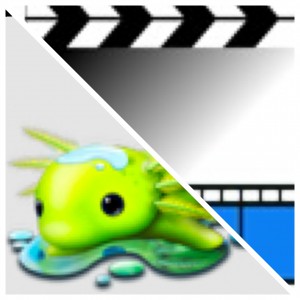
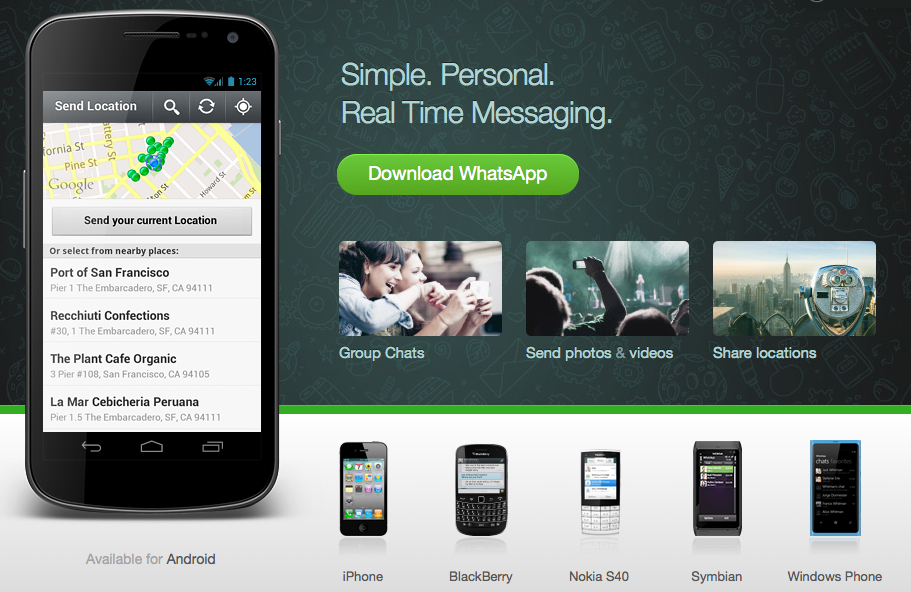

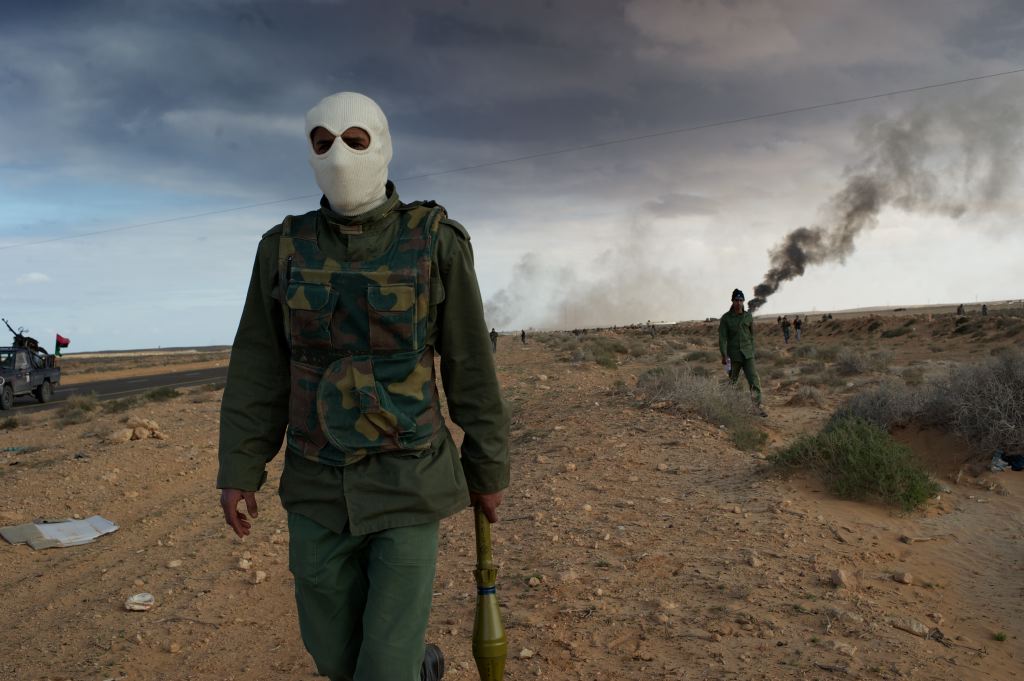





Feedback